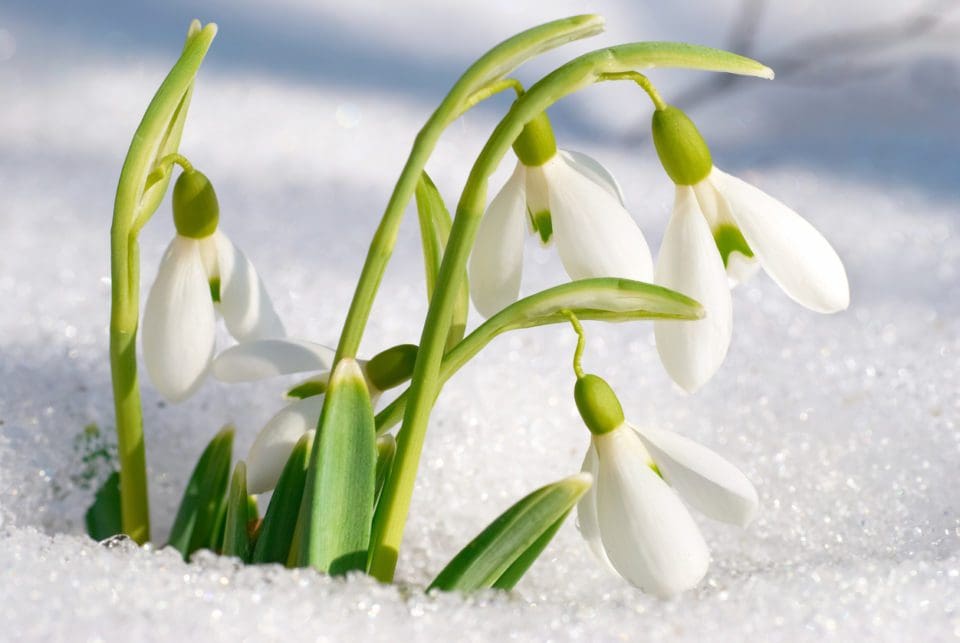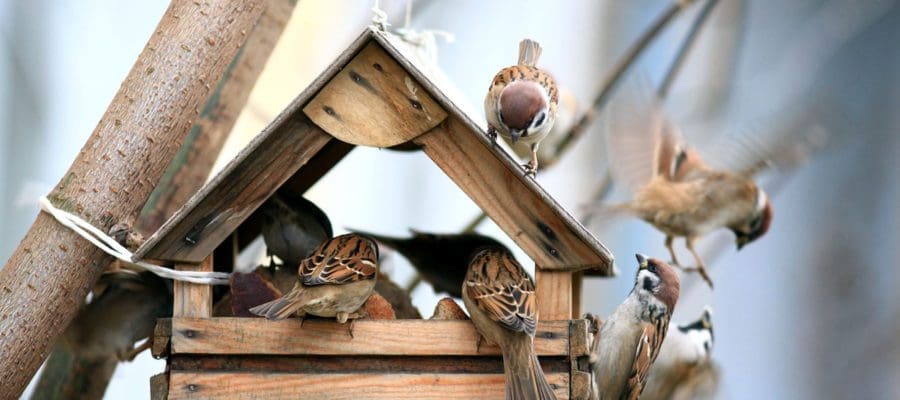By KG reader, Peter Dean
In winter it is especially important for gardeners to look after birds and other wildlife. When temperatures fall to single Celsius figures wildlife is more vulnerable. They need extra food to survive.
Leaving seed heads on sunflowers, for example, gives birds – finches in particular – a good food source. And so do berries like rose hips and elder berries, which are vitamin rich and provide an energy rich food for garden birds and small mammals.
Insects look for crevices and small holes in walls to hide and hibernate. Bee hotels made from hollow bamboo rods packed together can give these, and other insects, an over-wintering home.
Hedgehogs also hibernate. So do not disturb leaf piles or old wood stocks as they may be in amongst the debris, asleep. It goes without saying that on Bonfire Night – or any time you plan a winter bonfire – always check for hedgehogs before lighting.
The easiest way to help the winter wildlife is to put out shop-bought seeds and other food for them. And an accessible and clean amount of water.
You can buy sunflower seeds and hearts, specific bird seed mixes, mealworms and nuts that are all good energy sources for all sorts of wild birds. By placing some in aerial feeders, and some on the ground you will encourage a range of species to feed, and will, inevitably, save some lives.
Birds, small mammals and insects are all part of the food chain. In the growing seasons each one is important to the gardener to help control pests – from aphids, slugs and snails – and to pollinate our flowers and crops. Their importance cannot be overstated. It is very important to preserve wildlife in every garden.
Other jobs for the winter include maintenance of tools and machines. Give your cutting tools like shears, secateurs and pruners a sharpen with a dry oil stone. Or take them to a specialised tool merchant, where they can sharpen them for you. Get the lawnmower and hedge trimmer serviced. Then you will be ready to go in the spring with sharp cutting blades.
Clean, and lightly oil spades, forks, rakes and hoes so they do not decay. Although most nowadays are stainless steel.
The greenhouse can be cleaned inside and out, and used pots washed to minimise a build up of diseases.
At Christmas time we try and cut some holly with red berries, and also variegated ivy, to decorate our living room. It is really just a nice tradition to have foliage in the house at this time of year.
After Christmas, in February, snowdrops start to appear in the garden. These dainty nodding flowers are very welcome. They herald the start of a new season.
Why not search out some different varieties?

There are some with green markings on the white petals, and even some with yellow markings on them. And some are very rare. Single bulbs can sell for a fortune and are much- prized by galanthophiles (snowdrop collectors). They will go to great lengths to own them. Usually bred by specialist bulb breeders they are, indeed, a delight to see, if you get a chance.





